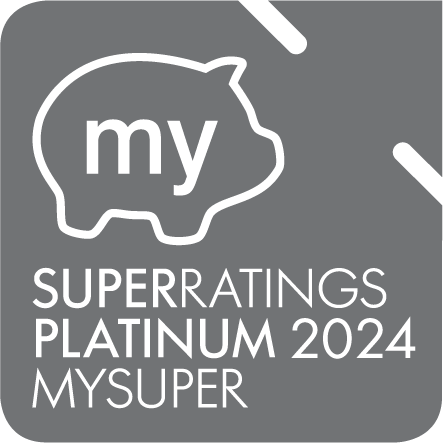How much can you earn and still get Age Pension payments in 2025?
Understanding the Age Pension income test, and how it works, is important for all Australian retirees as it’s one of the key factors in determining how much Age Pension you can receive.
Managed by Centrelink, the Age Pension income test looks at your income from various sources, such as:
- Work
- Superannuation
- Investments
Centrelink uses deeming to determine how much income your financial assets produce. From there, it decides how much Age Pension you’ll receive every fortnight.

?ts=1737593706495&dpr=off)














